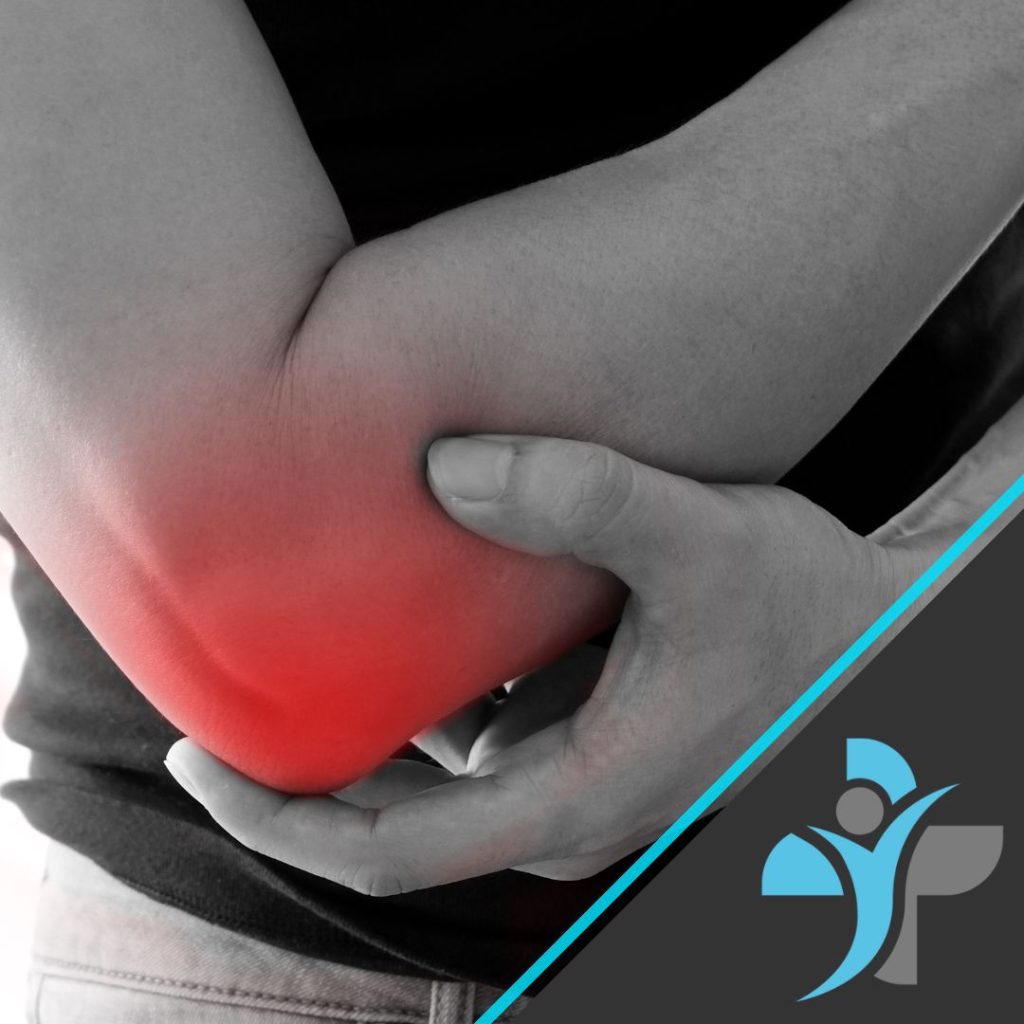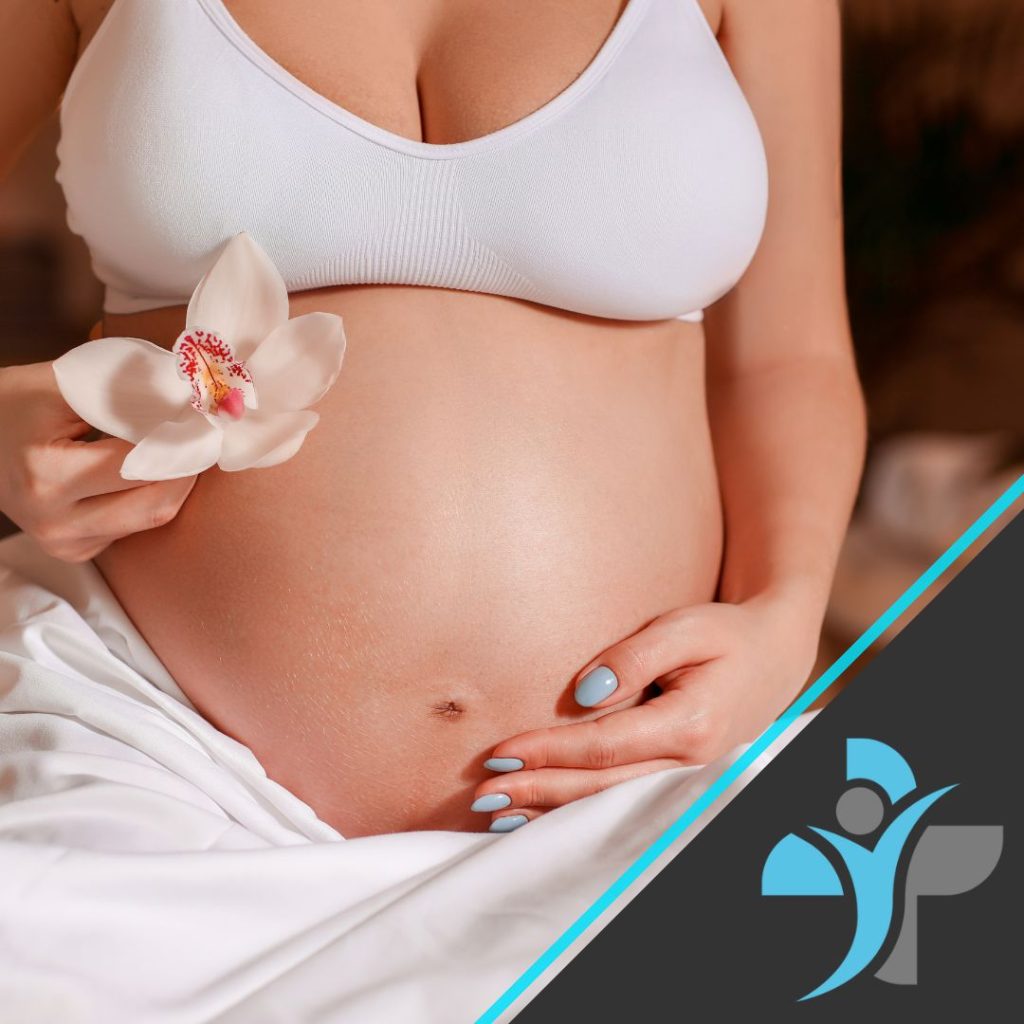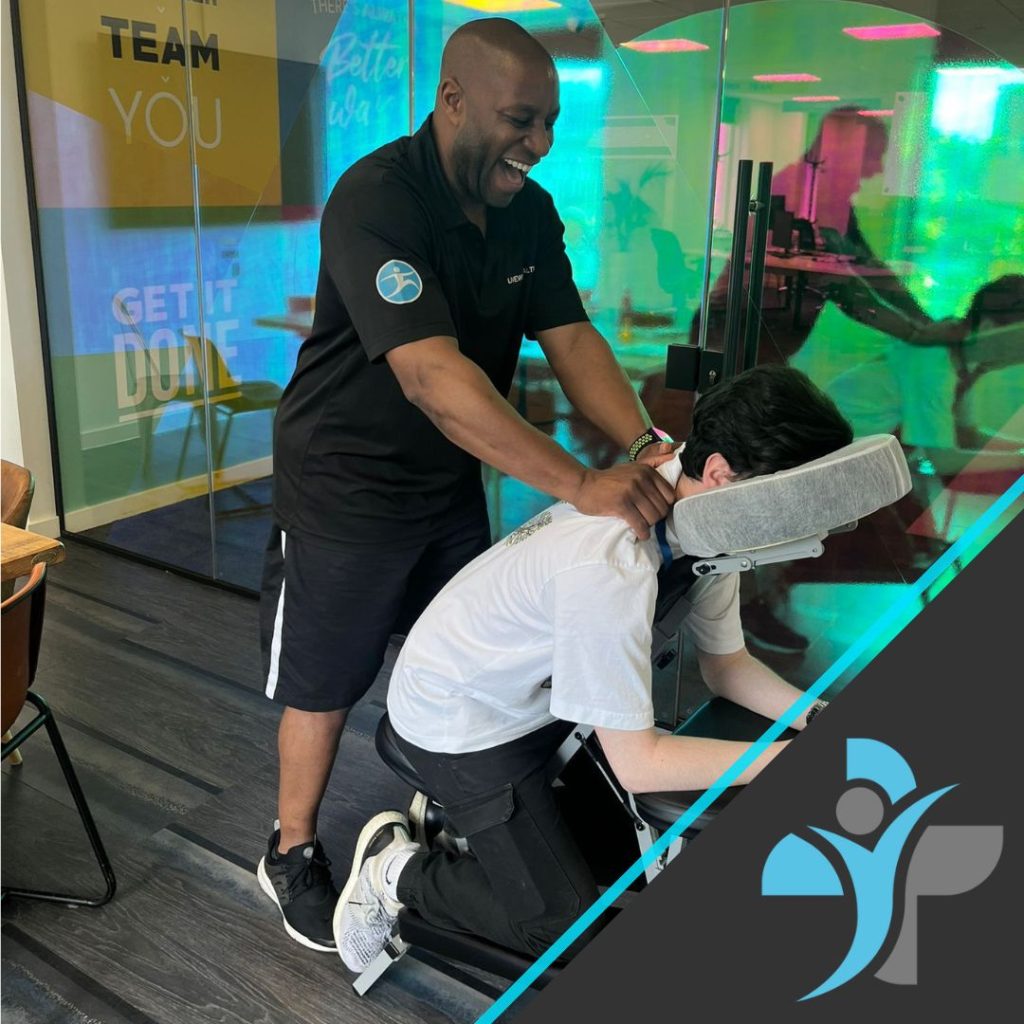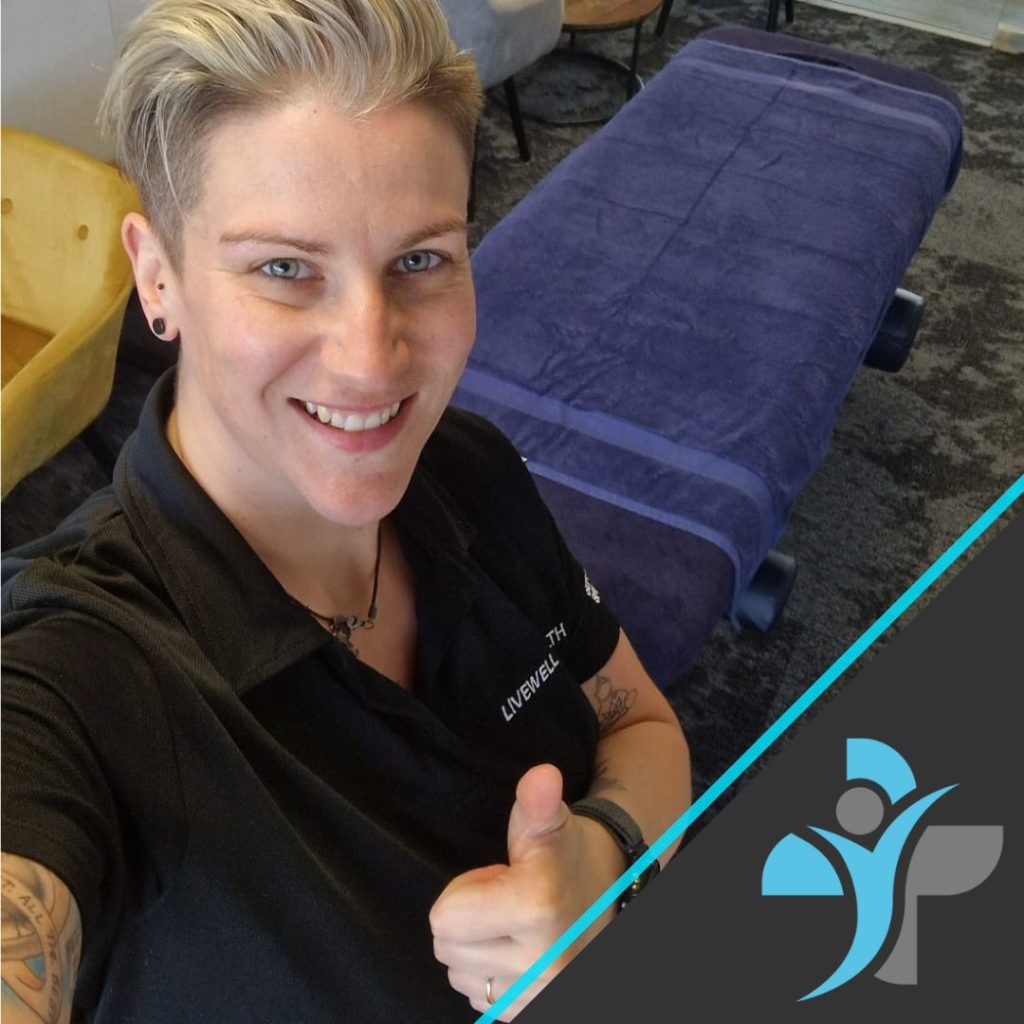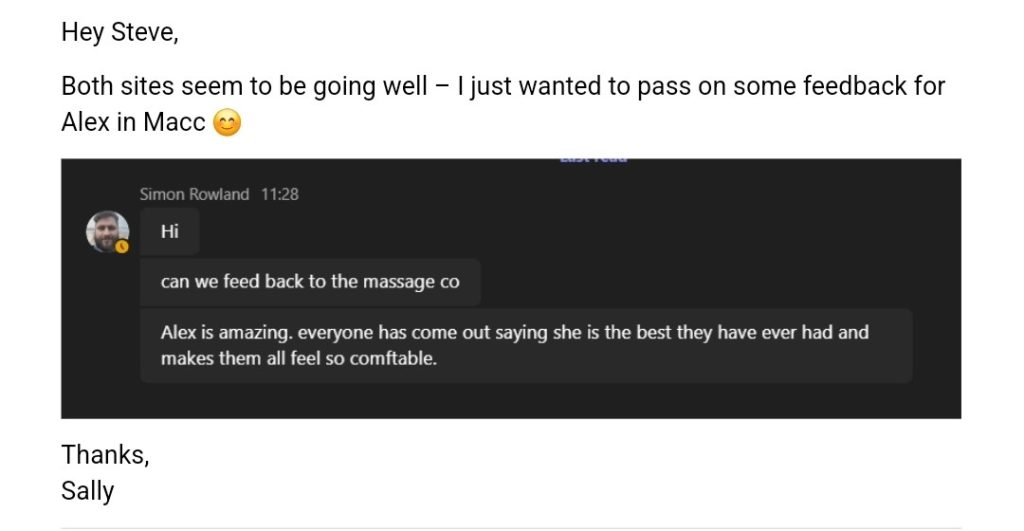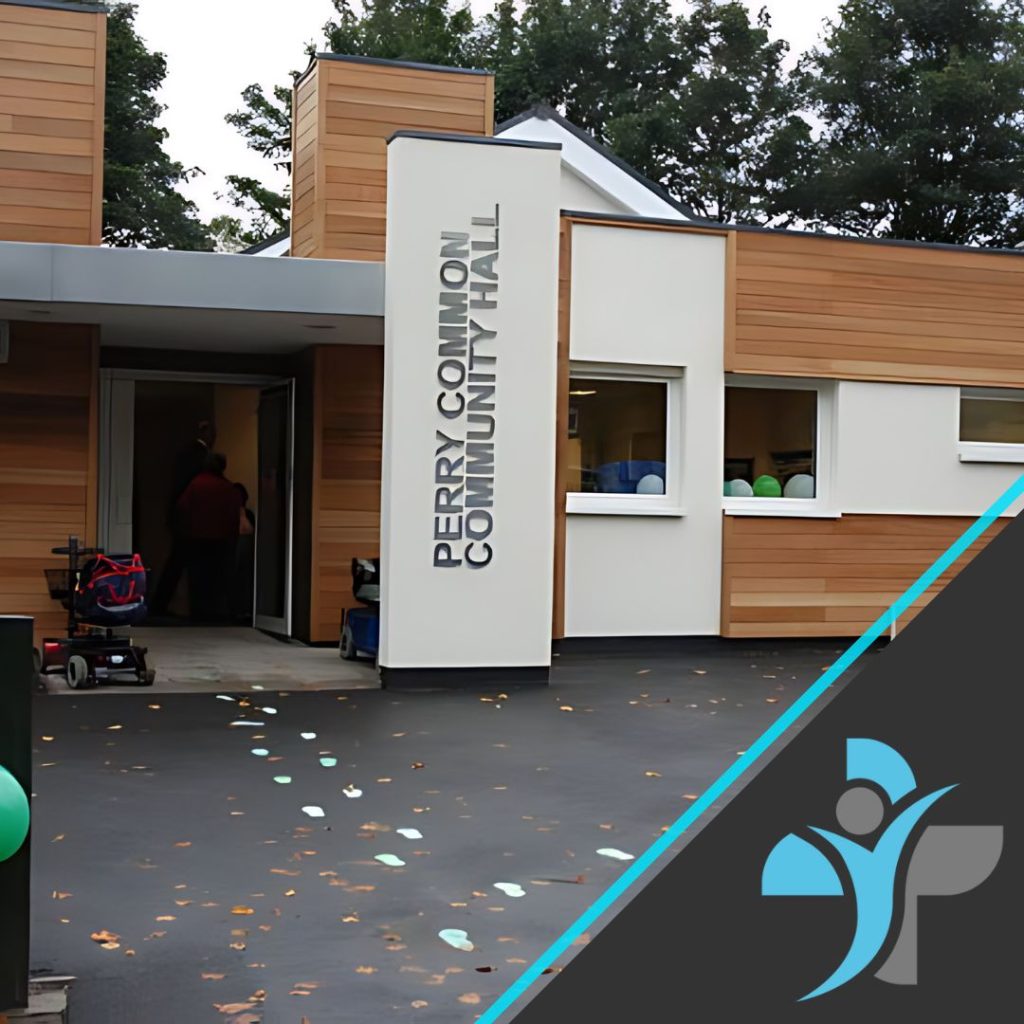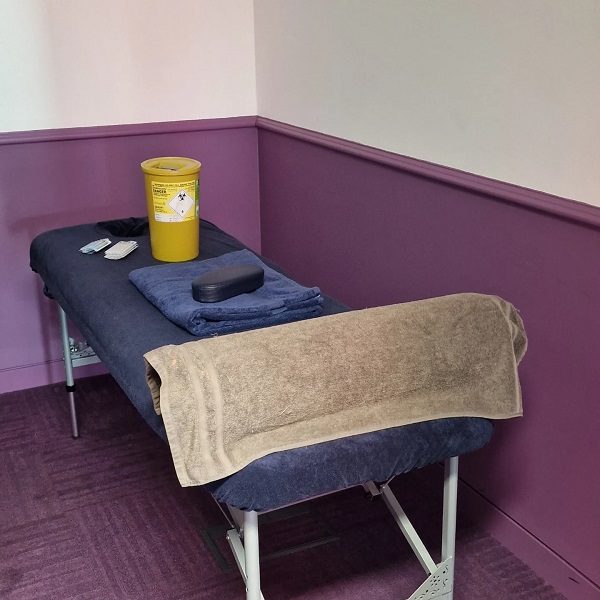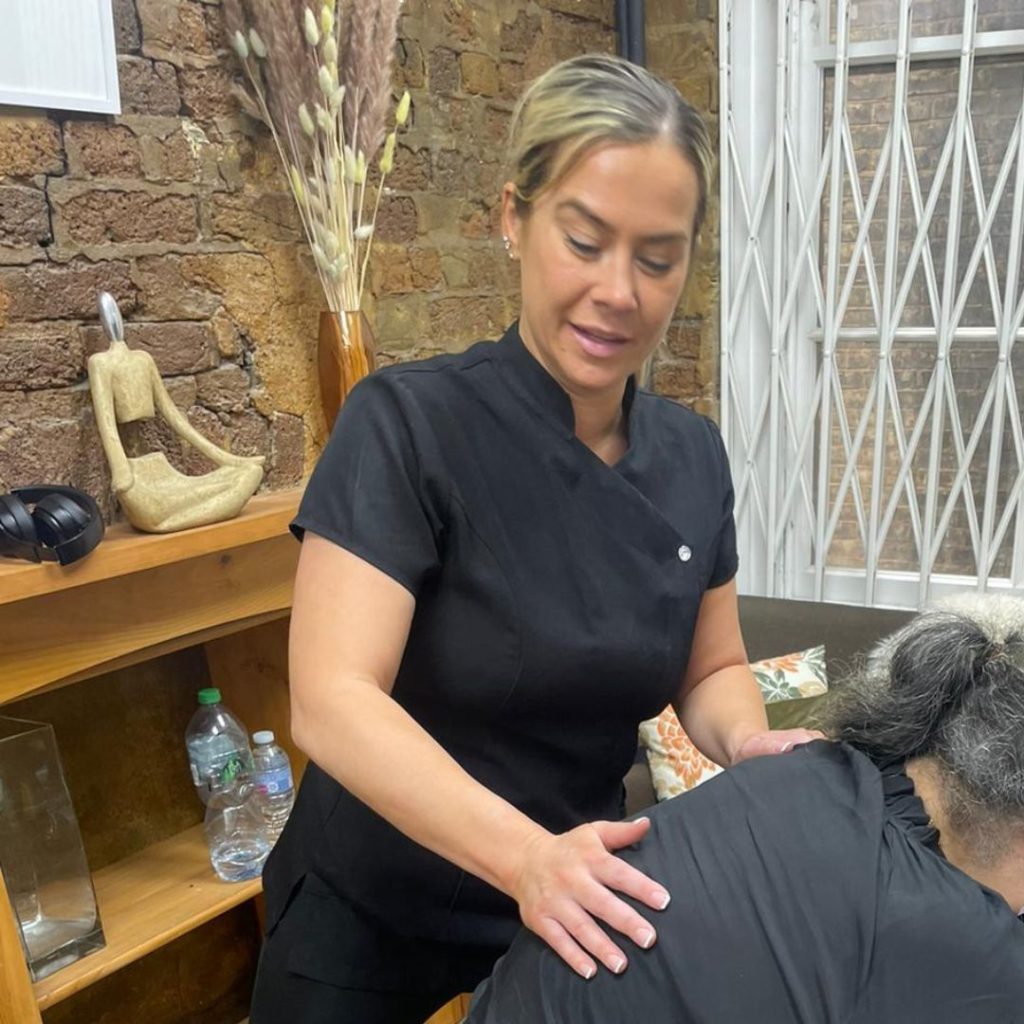Preparing Your Body for a Marathon: Mobility, Flexibility, and Strength
Running a marathon is a significant challenge that requires more than just building up mileage. While cardiovascular endurance is crucial, preparing your body through mobility, flexibility, and strength training is just as important. A well-rounded training plan that includes these elements can help prevent injuries, improve performance, and ensure you reach the finish line feeling strong. Here’s how to physically prepare your body for the demands of a marathon.
Mobility: The Foundation of Efficient Movement
- Dynamic Warm-Ups
Before every run, it’s essential to perform a dynamic warm-up to increase your range of motion, activate muscles, and prepare your joints for the repetitive impact of running. Dynamic stretches improve mobility by actively moving your joints through their full range of motion.
Effective Dynamic Warm-Up Exercises:
- Leg Swings: Forward and sideways leg swings help open up the hips and prepare the legs for running.
- Walking Lunges: This exercise stretches the hip flexors while activating the glutes and quads.
- High Knees: High knees increase hip mobility and engage the core, ensuring your body is ready for the run.
- Joint Mobility Exercises
Maintaining joint mobility is crucial for runners, especially in the hips, ankles, and thoracic spine. Regularly incorporating mobility exercises into your routine helps improve stride efficiency and reduces the risk of injury.
Key Mobility Exercises:
- Hip Circles: Perform hip circles to improve hip flexibility and mobility, which is vital for a smooth running gait.
- Ankle Circles: Keep your ankles mobile and strong by regularly performing ankle circles and calf stretches.
- Thoracic Spine Rotations: To avoid stiffness in the upper body, include thoracic spine rotations to maintain a good posture during long runs.
Flexibility: Enhancing Range of Motion
- Post-Run Static Stretching
Flexibility plays a vital role in running performance and injury prevention. While dynamic stretching is ideal for warming up, static stretching should be done post-run when the muscles are warm. This helps to lengthen the muscles, improve flexibility, and reduce post-run stiffness.
Key Static Stretches for Runners:
- Hamstring Stretch: Gently stretch the hamstrings to maintain flexibility and prevent tightness in the back of the legs.
- Quadriceps Stretch: Stretch the front of the thighs to counteract the shortening of these muscles during running.
- Calf Stretch: Calves bear much of the running impact, so it’s essential to stretch them regularly to avoid tightness and injury.
- Hip Flexor Stretch: Since tight hip flexors can alter your running form, stretching this area post-run is critical.
- Incorporating Yoga or Pilates
Adding yoga or Pilates to your routine once or twice a week can greatly enhance flexibility and core strength. These practices help to lengthen muscles, improve body awareness, and release tension, all of which contribute to better running form and reduced injury risk.
Strength: Building a Strong Foundation
- Core Strength
A strong core is essential for maintaining proper running form, especially during the later stages of a marathon when fatigue sets in. Core exercises stabilise the pelvis, reduce the risk of lower back pain, and improve overall efficiency.
Effective Core Exercises:
- Planks: Planks engage the entire core, improving stability and endurance.
- Russian Twists: This exercise targets the obliques, which help stabilise the torso during running.
- Bird Dogs: Bird dogs enhance core stability while also strengthening the lower back and glutes.
- Lower Body Strength
Strengthening the lower body is crucial for marathon runners to generate power, maintain a strong stride, and prevent injuries. A well-rounded lower body routine focuses on the quads, hamstrings, glutes, and calves.
Key Lower Body Strength Exercises:
- Squats: Squats are a fundamental exercise that builds strength in the quads, glutes, and hamstrings, essential for uphill running and sprinting.
- Lunges: Lunges improve unilateral leg strength, balance, and hip mobility.
- Calf Raises: Strengthening the calves helps prevent Achilles tendonitis and shin splints, common issues among runners.
- Upper Body Strength
Although running primarily uses the lower body, a strong upper body is necessary for maintaining good posture and an efficient arm swing, which drives your momentum.
Upper Body Exercises for Runners:
- Push-Ups: Push-ups strengthen the chest, shoulders, and triceps, which support arm movement.
- Dumbbell Rows: Rows target the upper back and improve posture, helping to prevent slouching during long runs.
- Shoulder Presses: This exercise strengthens the shoulders, which are key to maintaining a relaxed yet powerful arm swing.
Integrating Mobility, Flexibility, and Strength into Your Training
To ensure these elements are incorporated effectively into your marathon training, follow these guidelines:
- Schedule Mobility and Dynamic Warm-Ups Before Each Run: Spend at least 10-15 minutes on mobility and dynamic stretching before every run.
- Include Strength Training 2-3 Times Per Week: Dedicate 30-45 minutes, two to three times a week, to core, lower body, and upper body strength training.
- Prioritise Flexibility After Every Run: Finish each run with 5-10 minutes of static stretching to enhance flexibility and prevent muscle tightness.
- Cross-Train with Yoga or Pilates Weekly: Aim to do yoga or Pilates at least once a week for comprehensive flexibility and core strength.
Conclusion
Training for a marathon involves more than just running. By incorporating mobility, flexibility, and strength training into your routine, you build a resilient body that can handle the demands of long-distance running. These elements not only help you run faster and more efficiently but also protect you from injuries, ensuring you reach race day at your best.
If your looking into a marathon, you may need nutrition support and our article on Sports Nutrition: Fueling Your Marathon may help.
If you require help with your training regime then our personal trainers and strength and condition coaches can help.


